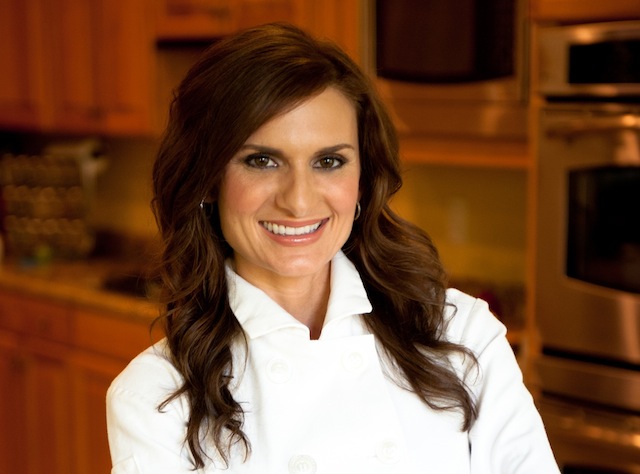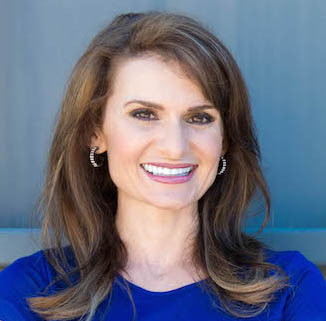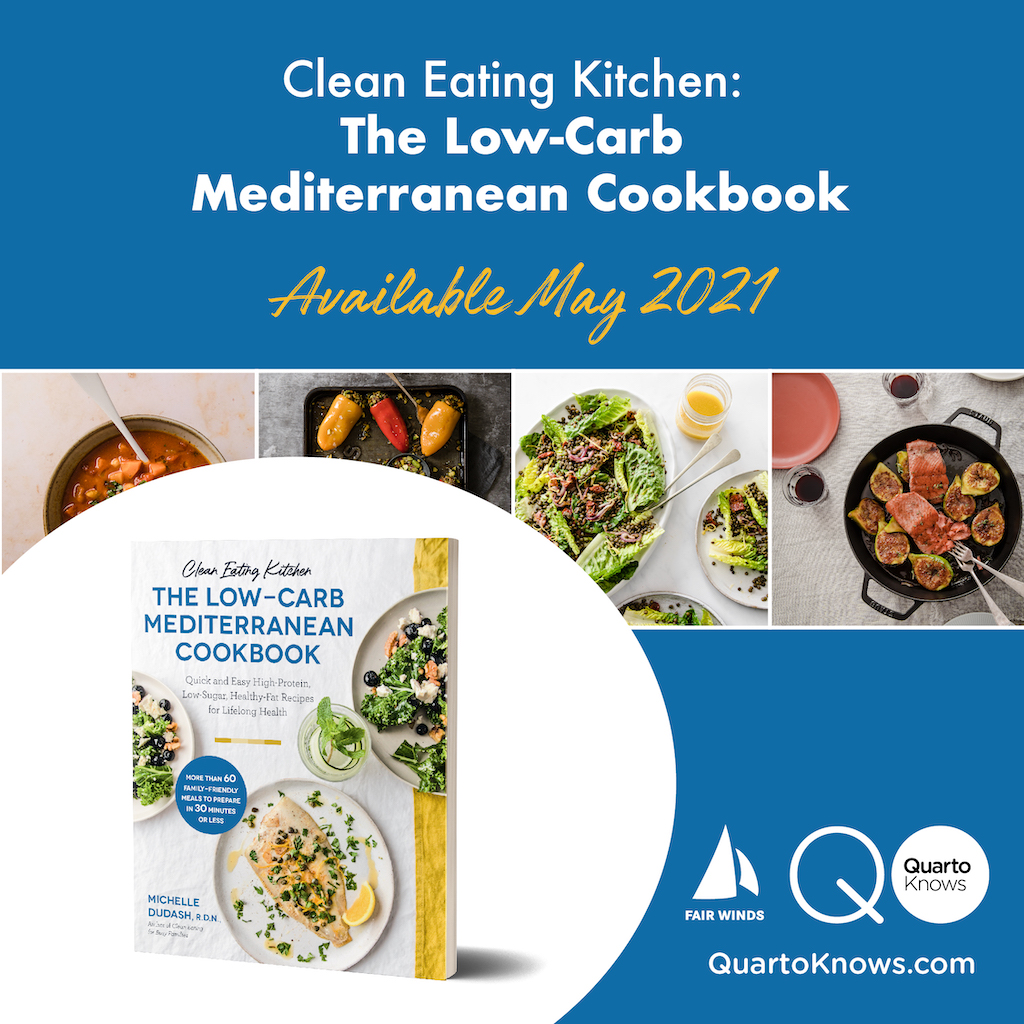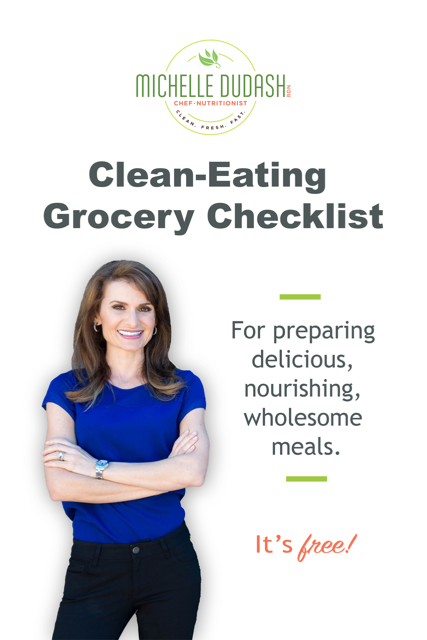The Acne and Diet Connection: Or is it rosacea? A Nutritionist’s Story.


Things hit rock bottom when I needed to apologize to the makeup artist for the horrible state of my skin on the morning of a satellite media tour, when you appear in about 20 on-camera television interviews in the same morning. Fortunately, she was very skilled at her craft, and the not-too-close camera didn’t reveal to viewers what was happening on my face. But the acne (or so I thought) was incredibly embarrassing, and physically painful too. Would people think that I don’t take care of my skin? That I don’t wash my brushes? A dietitian is supposed to look healthy, after all.
Over the past year I have gulped down pills, slathered on expensive creams, endured facial peels, and seen three different dermatologists. I desperately tried different diets, from gluten-free (despite a lack of supporting evidence) to very low glycemic (with some evidence) in the hopes of clearing my skin. Nothing seemed to make a lasting, significant difference. My husband convinced me to try one more dermatologist.
The doctor looked at my skin and wrote a couple of prescriptions. I asked her if she believes that diet affects acne. Like most dermatologists she explained, “There’s no strong evidence to warrant me prescribing a certain diet for you.” But then she took a closer look at my face and dropped a bomb: “It looks like you might have rosacea.”
Rosacea!? The word conjures for me images of middle-aged men with Rudolph red noses and old ladies with flushed cheeks. She explained that it is commonly agreed, even in conventional medicine, that certain foods can trigger rosacea flare-ups. And in a semi-progressed stage, rosacea looks like acne. Because of my pregnancy, though, she was hesitant to prescribe a diet for fear that I’d get too restrictive. “Trust me,” I assured her, “I’m a dietitian.” She rambled off a few foods that can cause issues and when I begged her for additional reliable information resources, she directed me to the National Rosacea Society.
I immediately looked up rosacea do’s and don’ts. I became a NRS member to gain access to all of the information they had to offer. My new routine completely changed the state of my skin within a week. First, I stopped using the Clarisonic brush, “scrub pads” and salicylic acid, since anything but a soft washcloth (don’t scrub hard!) or cotton pad and the mildest face wash can wreak havoc on rosacea-prone skin. Almost overnight my skin looked less “angry”. By the end of the week, my skin even started to clear a bit. Within a few days, I began avoiding the common dietary and environmental triggers of rosacea, and a week later began using the prescriptions.
Over the past four months of food journaling and trial and error (because it can vary among individuals), I’ve concluded that my rosacea triggers are pickled and fermented foods (an olive or two is fine, but not five baby pickles!), anything piping hot (I let my coffee cool slightly first, or go with iced coffee), red wine (so I stick mostly to white wine, or have just a small amount of red) and spicy foods. Update 6/16: I’ve noticed that any alcohol can cause inflammation on my face, so I skip my favorite glass of wine at least a few days per week. And other culprits may exist. Following this diet at home is easy. Eating at good restaurants can get tricky, though, with their fondness for butter and cream (additional triggers, I think). While one good dinner out doesn’t cause too much trouble, throwing caution to the wind for a few consecutive days does.
The creams my dermatologist prescribed, Finacea and Clindamycin, seem to be working well. I wash my face and apply these religiously, followed by a light moisturizer and sunscreen
. As usual and always. Four months later my skin is clear and I even will venture out in public sans makeup or huge sunglasses that cover my face.
Update 8/16: The stress of relocating to a new state is taking its toll on my complexion apparently. As much as I didn’t want to go on oral antibiotics, I recently started and it is helping big time. Doxycycline is the medication. You can help offset the antibiotics by taking a probiotic pill. VSL#3 is a well-respected one. And I’m using Soolantra gel/cream nightly, as well. My skin is looking gorgeous, in fact. I also read the book by dermatologist Debra Jaliman, MD, Skin Rules, and there are some good nuggets of wisdom in it about proper makeup removal and cleansing techniques. Check it out. It’s a quick and easy read. And I also started changing my pillow case every. Single. Night.
Update 10/16: Now I rarely take the oral antibiotics. I only take them when I’m having a flare up. I started using Aczone topical cream (prescription) when I start getting a new flareup. It’s been working! I still use the Soolantra in between when my skin is looking good. And clindamycin during the day.
Update 3/17: Here is another book to check out, Clean Skin from Within, by Dr. Trevor Cates. She has the approach of nourish from the inside to reduce inflammation.
If you have a skin problem, don’t delay. See a board-certified dermatologist who is patient in dealing with acne (or rosacea) patients. You’ll be glad you did. Have you ever experienced facial skin issues? Do you now? Are they food related? I want to hear about it.
Bonus tips: Since I wrote this post, readers have been asking me which products I use on my skin. I use Cera Ve cleanser in the morning. In the evenings, I remove eye makeup with Neutrogena makeup remover wipes and cleanse with Neutrogena Fresh Foaming Cleanser (since it also removes makeup and sunscreen well). In the morning I pat on Clindamycin, as well as Finacea before bed. If I have any dry spots I dab on Theraplex Hydro Lotion and Aquaphor for really dry or flaky areas. Often I pat on the Theraplex on the days I don’t have time to wait 30 minutes after washing my face before applying the prescriptions. For sunscreen (which I always wear before stepping outside) I usually use NARS Pure Radiant Tinted Moisture SPF 30. When I apply a full face of makeup I use Bobby Brown Skin Foundation Stick. Midday I apply Colorescience powder sunscreen on my face. And I wash my makeup brushes (almost) weekly, and concealer sponges after each use.
Update 6/16: I apply Theraplex Hydro Lotion after face washing before I apply the prescription creams. Every third day I use Metrodizonxale cream. If things start to get bad (from travel, vacation, going off the diet, stress, etc.), I take an oral antibiotic prescribed by my dermatologist. I noticed breakouts on the bridge of my nose. My dermatologist said that area isn’t a hormonal breakout area, but that swabbing all of your eyewear frequently with rubbing alcohol should resolve that. It did!
Disclosure: This post contains Amazon Affiliate links.
You might also enjoy:
Diet and Acne: How a Low-Glycemic Load Diet May Lesson Breakouts
Tomato & Avocado Quinoa Salad with Cumin & Cilantro (and the skin saga continues)
The New Coke Ad: Is aspartame safe? A nutritionist’s point of view.

 I'm a chef nutritionist, not the food police. I eat cookies but make sure to eat my broccoli too.
I'm a chef nutritionist, not the food police. I eat cookies but make sure to eat my broccoli too.


For years I suffered with acne flare-ups. What you describe is close to what I went through: going to dermatologists and doctors who prescribed different medications. It wasn’t working. It wasn’t until my 40’s that it became extremely painful and I knew it was being caused by something I was eating, as the rash was mainly around my mouth, but also extended to the tops of my shoulders. I finally found someone to help me, and after a year of trial and error, discovered I was allergic to eggs (egg whites are even worse than the yolks). Thanks for sharing your experience, I am sure you are helping others!
Hi Lisa,
Thanks for sharing. Wow – a reaction to eggs like that! I would never have guessed. Curious – what kind of professional helped you figure it out? A derm? Dietitian? Holistic practitioner? I’m so glad you figured it out. It is amazing how healthy skin can have such an impact on self-confidence and just general well-being, no?
Michelle
I ended up with a naturopathic doctor. We tried the elimination diet and the N.E.A.T. program. Finally it was the blood test for allergies (the skin test came up negative, as my allergies are digestive, which is totally different from skin allergies). I used the blood test as a last resort, because the outcome can be effected by what has, or has not, been eaten prior to the test. Eggs came up as a huge allergen, so I eliminated them from my diet for three months. All my symptoms disappeared, so then I slowly tried to reintroduce eggs into my diet (like a cookie, or a slice of cake). The rashes returned, taking about 10 days to totally clear from my system. Now, I just stay away from anything with egg, which is in almost everything: egg washes on bread, any sweet bakery item, salad dressings, pastas, and surprisingly, some wines, as egg whites may be used to remove the tannins from wine.
Absolutely clearing my skin has been a wonderful boost to my self-esteem! I feel better, both inside and out!
Wow, amazing! Thanks, Lisa.
Michelle
Ditto!!! I’ve struggled with rosacea and painful pustules on my checks since my 20s. Antibiotics were one of the only ways that my dermatologist and I could get it to clear. Had tried eliminating nightshades, dairy, etc. nothing worked. I’m 38 now and just this past year I found out it was eggs. If I stay away from them my skin is clear. If I eat them I deal with painful pustules for weeks. I think about all the times my body was put on antibiotics over the years unnecessarily.
Ouch, well I’m so glad to hear that you’ve figured it out! Than you for sharing, Erin.
It has been about a year ago, I went to a dermatologist on another issue but also asked her why I was having more acne now than when I was a teenager. (I am 60). She informed me that it was rosacea. She prescribed topical clindamycin. I used it for awhile, but it did not make any changes in my skin. I asked her if there is a connection between your gut and skin. She said no. I am not so sure of that. I experience IBS and have started eating less fructose and gluten and that has really helped my digestion, but I am also wondering if a food allergy is a reason for the rosacea. I am interested to pursue that more. Michelle, how did you go about doing a food diary to indicate what food was the cause? Did you eliminate things and add them back?
Lisa, I googled N.E.A.T program but did not come up with anything related. Any information on that would be great.
Thanks so much for any input.
Hi Sandy,
Thanks for sharing your story. I was pregnant at the time so didn’t go on too strict of a diet. I cut out the triggers that are the most common and started journaling. After a month when my skin was looking great, I allowed the trigger foods here and there (while still journaling) and could see the trends of which were triggers and causing flareups. Make sense?
As far as the journal itself, just grab a little notebook and write down all the foods you eat – 1 page for each day. At the top I wrote what my skin looked like in the morning and evening. After a few weeks, look back at the pages and I bet you’ll see a trend. Also note any things out of the norm – extreme weather, sweaty workout, etc.
Good luck!
Michelle
Yes, that does make sense. I am going to start the diary today. I hope I can determine the cause of my rosacea from this and have the results you did. Thank you for sharing your story.
I’m glad you found it helpful. Good luck, Sandy!
Michelle
Thanks for all this great info! I have suffered from rosacea since I was in my 20s, and recently, after having a baby, I had another big flare up. I have gotten some good relief from finacea and antibiotics from my derm. However, I would like to get to the root of the problem. It can get so confusing trying to figure out if it is hormonal, diet, environment, or stress levels; or some combo!
My question is: can I figure out food triggers (using a food diary) while I am on the prescription meds from my dermatologist, or would they just hide the symptoms? Also, with a food diary were you finding triggers for flushing, or for the all over redness/bumps?
Thanks!
Hi Elle,
Thanks for reading! I totally hear you about wanting to get to the root of the problem. From my personal experience, I still experience flares from going off “the plan,” even when I’m using the prescriptions perfectly. When I get too relaxed and go off the plan, I journal everything. Recently I realized that even alcohol beside red wine could cause flareups, so I’ve cut back a bit on that. And also a new eye cream (recommended by an aesthetician) was causing flareups on the side of my nose, so I stopped using that. But it isn’t just food that can be triggers: temperature, face washing, exercise, stress, sleep can all play into it. So try to track everything. I actually created a cool little journal. I’ll work on making that downloadable on my website for you. Good luck! And I hope you identify your triggers.
Best,
Michelle
Dear Michelle Dudash,
I suffered from rosacea since April 2016.
If possible could you share with me your Rosacea diet.
Regards,
Kelly
Hi Kylie,
Thanks for the note. How is going for you? That blog post you saw is pretty much it. I’m limiting alcohol/wine to just a few times per week now and I am also seeing some improvement. Less inflamed-looking in the morning. And oral antibiotics are REALLY helping. Also Soolantra cream/gel using everyday. Some new additions to my rosacea/acne “cocktail!” Good luck to you. I hope you see some improvement.
Michelle